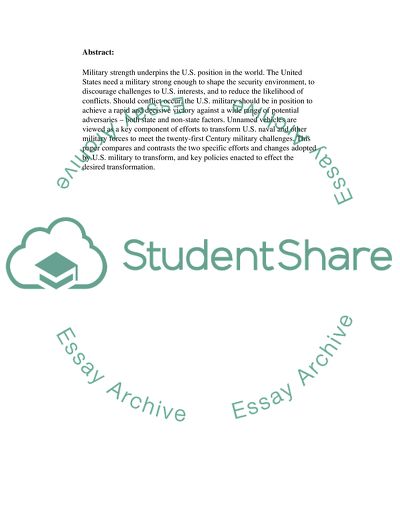Cite this document
(Military History: Naval UUV Programs and NAVAL UGV Programs Coursework - 1, n.d.)
Military History: Naval UUV Programs and NAVAL UGV Programs Coursework - 1. https://studentshare.org/military/1717574-military-history
Military History: Naval UUV Programs and NAVAL UGV Programs Coursework - 1. https://studentshare.org/military/1717574-military-history
(Military History: Naval UUV Programs and NAVAL UGV Programs Coursework - 1)
Military History: Naval UUV Programs and NAVAL UGV Programs Coursework - 1. https://studentshare.org/military/1717574-military-history.
Military History: Naval UUV Programs and NAVAL UGV Programs Coursework - 1. https://studentshare.org/military/1717574-military-history.
“Military History: Naval UUV Programs and NAVAL UGV Programs Coursework - 1”. https://studentshare.org/military/1717574-military-history.


